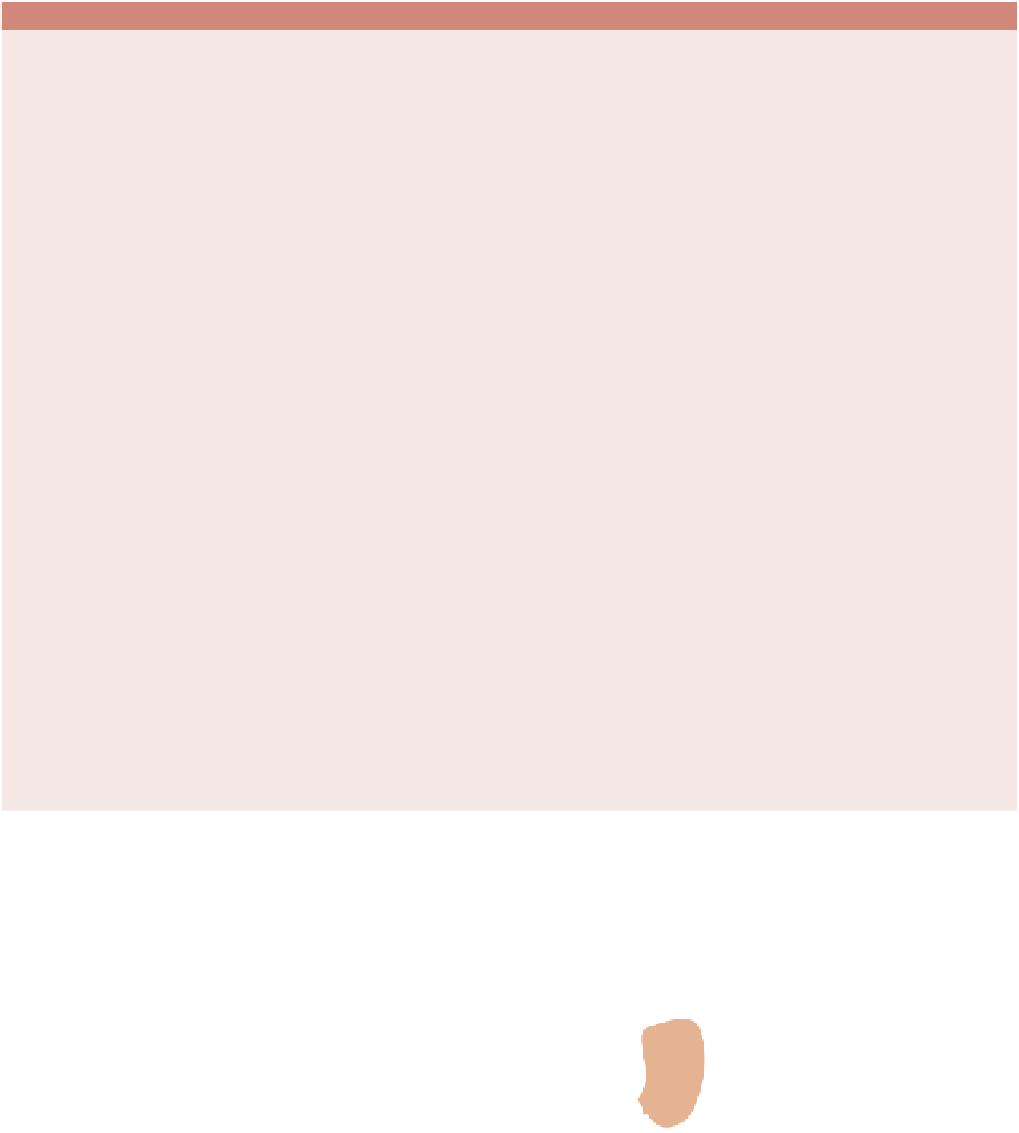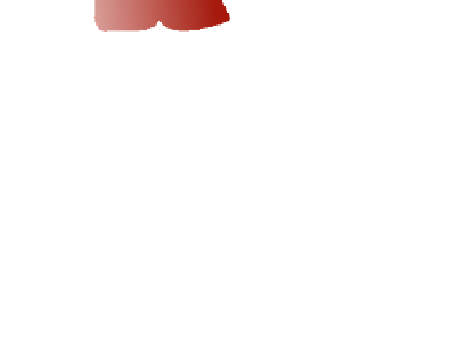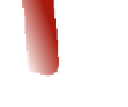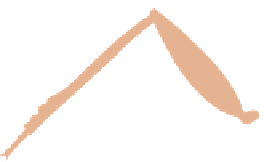Agriculture Reference
In-Depth Information
Table 18.1
Arthropod gr
oups found in horticulture
Group
Key features of group
Habitat
Damage
Woodlice (
Crustacea
)
Grey, seven pairs of legs, up to 2 mm in
length
Damp organic soils
Eat roots and lower leaves
Millipedes (
Diplopoda
)
Brown, many pairs of legs, slow moving
Most soils
Occasionally eat underground
tubers and seed
Centipedes (
Chilopoda
)
Brown, many pairs of legs, very active
with strong jaws
Most soils
Beneficial
Symphilids (
Symphyla
)
White, 12 pairs of legs, up to 8 mm in
length
Glasshouse soils
Eat fine roots
Mites (
Acarina
)
Variable colour, usually four pairs of legs
(e.g. red spider mites)
Soils and plant tissues
Mottle or distort leaves, buds,
flowers and bulbs; soil species
are beneficial
Insects (
Insecta
)
Usually six pairs of legs, two pairs of
wings
Springtails (Collembola)
White to brown, 3-10 mm in length
Soils and decaying humus
Eat fine roots; some beneficial
Aphid group (
Hemiptera
)
Variable colour, sucking mouthparts,
produce honeydew (e.g. greenfly)
All habitats
Discolour leaves and stems;
prevent flower pollination;
transmit viruses
Moths and butterflies
(
Lepidoptera
)
Large wings; larva with three pairs of
legs, and four pairs of false legs and
biting mouthparts (e.g. cabbage white
butterfly)
Mainly leaves and flowers
Defoliate leaves (stems and
roots)
Flies (
Diptera
)
One pair of wings, larvae legless (e.g.
leatherjacket)
All habitats
Leaf mining, eat roots
Beetles (
Coleoptera
)
Horny front pair of wings which meet
down centre; well-developed mouthparts
in adult and larva (e.g. wireworm)
Mainly in the soil
Eat roots and tubers (and fruit)
Sawflies (
Hymenoptera
)
Adult like a queen ant; larvae have three
pairs of legs, and more than four pairs of
false legs (e.g. rose-leaf curling sawfly)
Mainly leaves and flowers
Defoliation
Thrips (
Thysanoptera
)
Yellow and brown, very small, wriggle
their bodies (e.g. onion thrips)
Leaves and flowers
Cause spotting of leaves and
petals
Earwigs (
Dermaptera
)
Brown, with pincers at rear of body
Flowers and soil
Eat flowers
18
Fore wing
Hind wing
Compound
eye
Hind
leg
Antenna
Labrum
Mandible
Spiracle
Labium
Maxilla
Middle leg
Front
leg
Abdomen
Thorax
Head
Spiracle
Waxy
layer
Structural
layer
Living
cells
Cross-section of cuticle
(
80)
Figure 18.7
External appearance of an insect. Note the mouthpart, spiracles and cuticle - the three main entry
points for insecticides































































































































